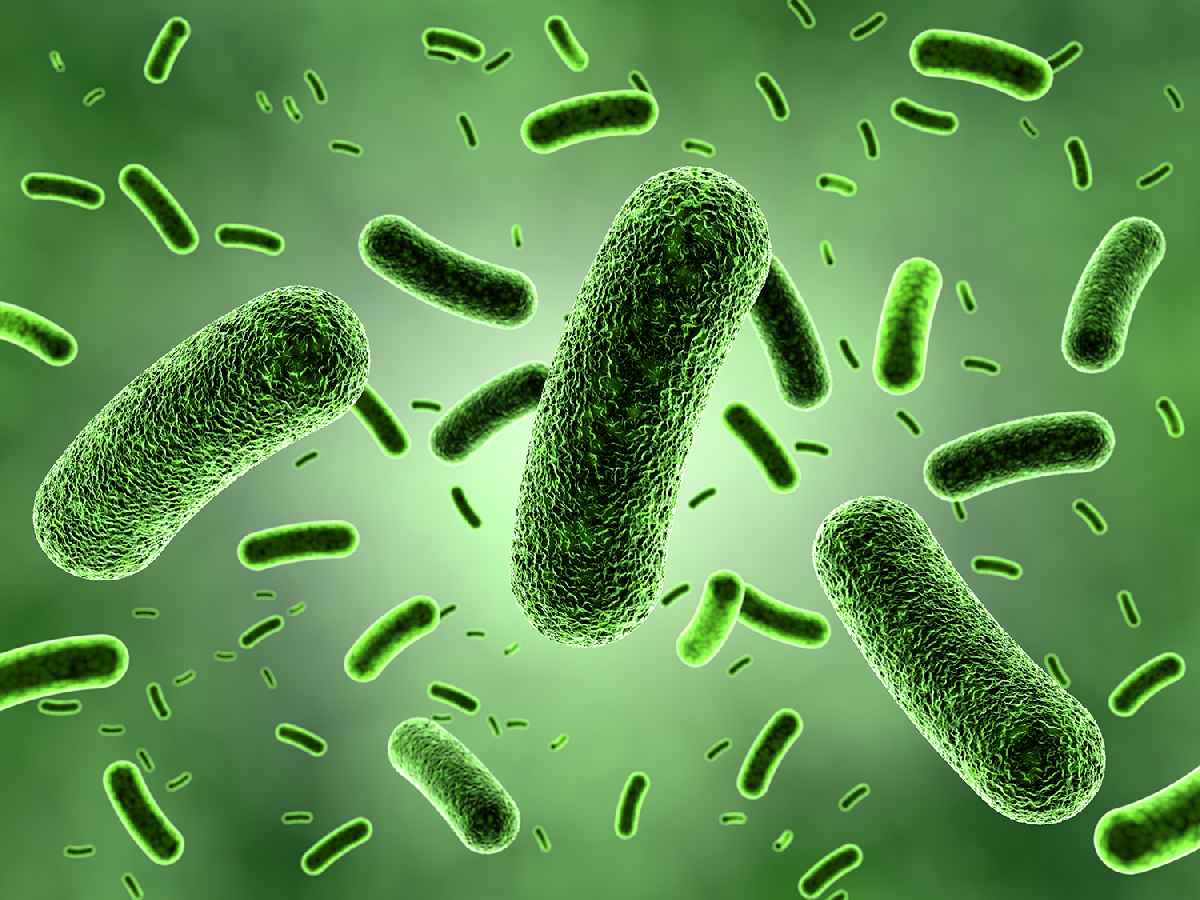Pathogens can make humans sick by challenging the immune system. Some pathogens kill cells or disrupt cell function, and others produce toxic waste products. Sometimes pathogens multiply so quickly that they crowd out the host tissues, disrupting normal function. The immune system fights back with chemical secretion, antibodies and fever, a heat response aimed at killing pathogens.
Consuming too many pathogens can cause mild to severe illness in humans and can lead to death, particularly in parts of the world where people do not have access to clean drinking water[1].
Pathogens most harmful to humans include microscopic viruses, bacteria and protozoa as well as larger organisms such as worms.
Viruses are much smaller than bacteria or protozoa, and need to occupy another living cell to replicate. They are infectious agents that can attack a variety of living things from bacteria and protozoa through to animals and plants.
Bacteria are single-celled prokaryote organisms that are a few micrometres in length. Bacteria were one of the first forms of life to appear on earth, and are renowned for being able to survive in soil and water as well as extreme conditions such as radioactive waste and acidic springs.
Protozoa are single-celled eukaryote organisms that are generally bigger than bacterial cells and contain different cell contents.
Parasitic worms are more evolutionarily complex than viruses, protozoa and bacteria being multi-celled eukaryote organisms. Although they can survive independently, many species use another host organism to reproduce and spread. They can enter the human body in cyst or adult form via food and drink or bites from insects like mosquitoes and often reside on the skin or in the intestines. Humans suffer discomfort and illness from such infections including diarrhoea, fatigue and skin rashes.
Pathogens can generally be removed by:
Micro-filtering (e.g. microfilter by pumping, or LifeStraw
Chemical inactivation (e.g. iodine, micropure)
Boiling and
UV treatment.
